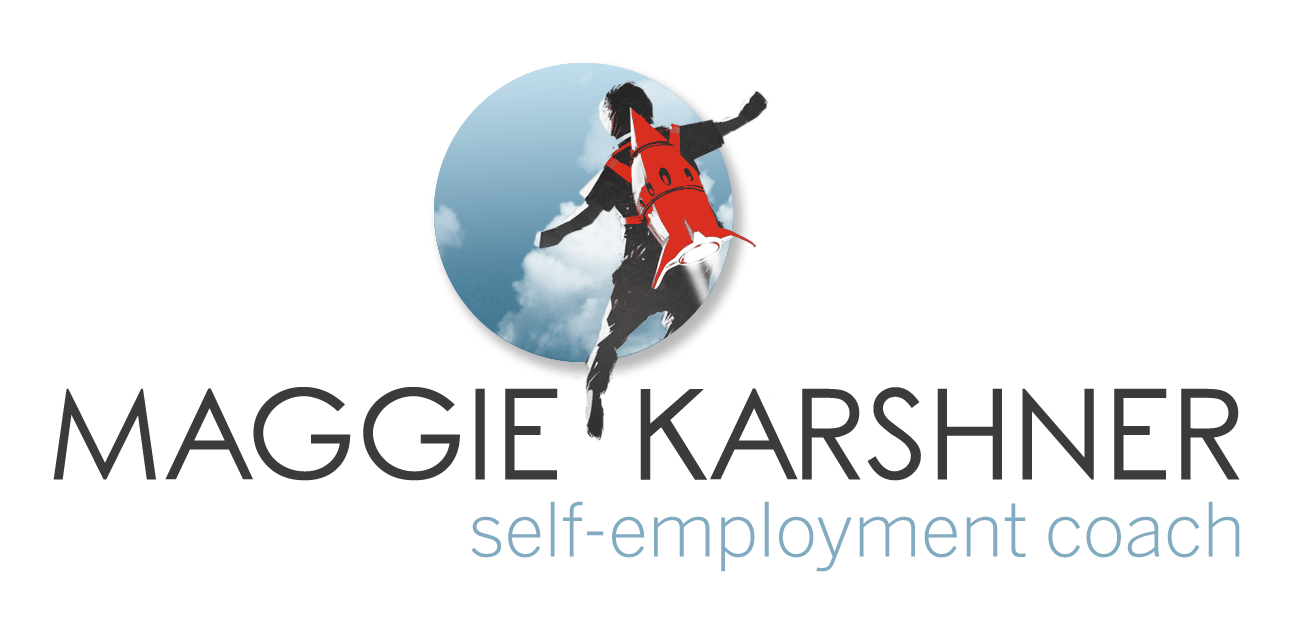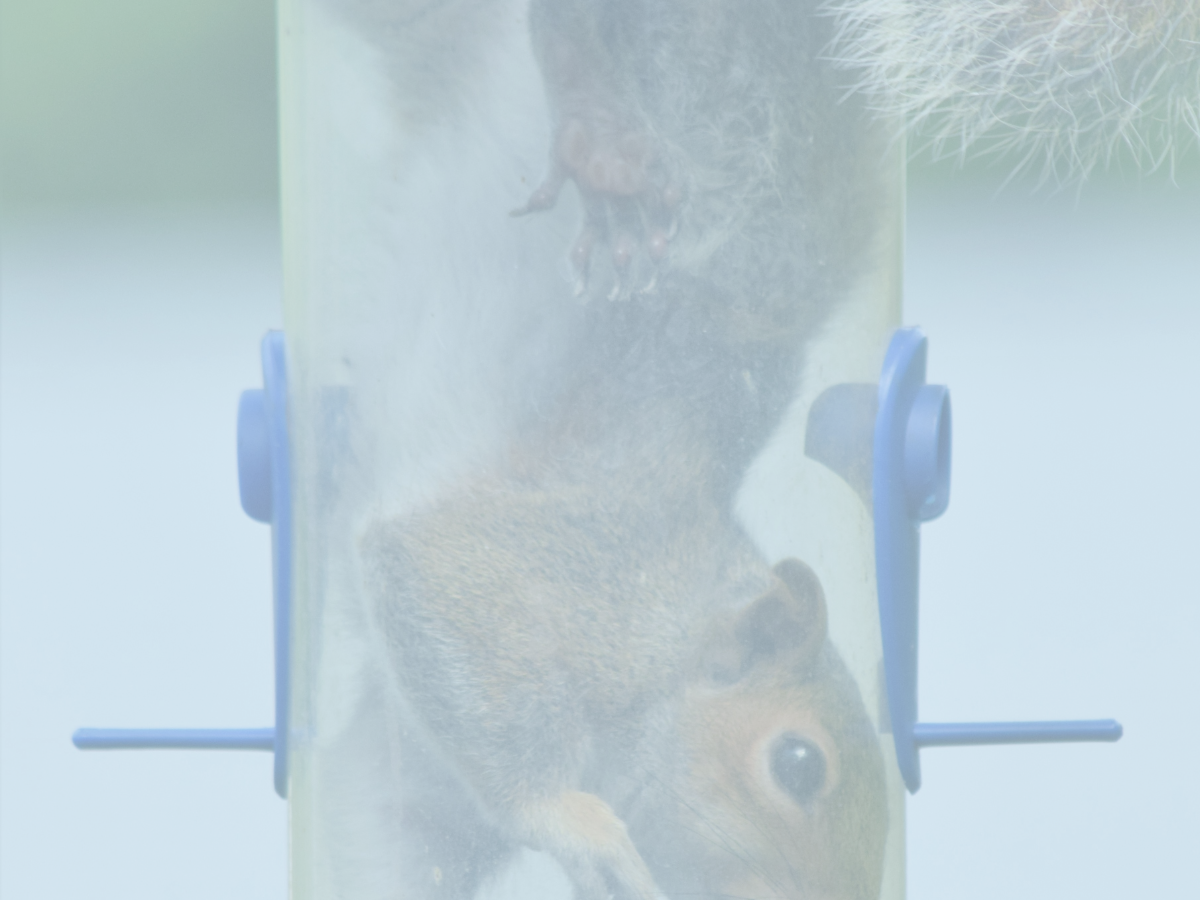To Do List Tips and Tricks (or, how to use Trello)
/The to do list is one of the most basic organizational tools. Most people employ some form of a to do list. Some buy specially designed to-do list pads of paper. Others make their own on generic paper. (In the past I've been notorious for my post-it note to do lists.) And, now that we're in the 21st century, there are apps upon apps for to do lists.
If it's not already apparent, there are tons of benefits of using a digital to do list. That scrap of paper won't get lost, cause a digital to do list is backed up in the cloud. You can access digital to do lists from multiple places: your desktop and your smart phone. And, your to do list can be shared among a group of people, basically turning it into a simplified project management tool. If you're not using a digital to do list, I highly recommend you get on that.
While there are many to do list tools out there, my favorite is Trello (also highly regarded is EverNote.) (Both Trello and EverNote are FREE.) Trello's design is simple and user friendly, yet allows infinite ability for customization. In working with clients and using Trello myself, I've discovered there are many different ways to use Trello. In fact, it seems to become infinitely more useful once you stop using it in the "default" way that it comes set up. So I'd like to take this post to illustrate some different organizational strategies:
The Classic
The most basic organization is to set up with a board that contains three lists: "to do" "doing" and "done". The idea being that cards can be moved to doing and then done as they are completed. This format is absolutely great for small teams and individuals who really like to keep track of what they've already done. However, in contexts where you're a one man show, this is excessive record keeping and that "done" list quickly becomes over flowing with cards. Unless you're on a team where it's helpful to know what others are working on or have completed, I'd recommend abandoning this organizational strategy.
The Different Pots
For folks who have a lot of different projects, each with their own to-do list, having a separate board for each project could be the way to go. I tried this method early in my trello adoption and here's the thing to consider: If you have specific time devoted to each project then this does make sense. If these are diverse projects, but generally they all have one pool of time, then this does NOT make sense. e.g. Suzie works for a dental office 2 days a week, runs her own business and has project's from the PTA at her kid's school. Since the dental office work must happen when she is at the dental office, and generally doesn't happen outside of it, I'd make that it's own board. Where as business tasks and PTA tasks co-mingle in the same pool of time, I'd put those on the same board. If Suzie has strong time boundaries around her business tasks, it could make sense to put those on a separate board from the PTA tasks.
The One Big Stew Pot
A little less than a year ago I abandoned the multiple-pot method and instead dumped all my cards onto one board. I then organized them into lists based on larger objectives for my business. Then I have one list that is what the plan is for today, which I populate by dragging cards from the other lists. This is a great format for keeping track of smaller tasks, while not loosing site of larger goals.
I help keep all the cards organized using labels (colors equate to different projects) and due dates (note how the nearer the date is, the more red it is), as well as descriptions to keep track of more detailed information.
Unconventional Uses for Trello Boards
Use "The Classic" set up to remind yourself of all the steps in something you do often, like launching classes. Once you're done, just drag the cards back to the first list to be ready for the next time you need to use it. Use the checklist function to make sure you don't forget to update a certain site, or forget to post a flier at a particular place.
Have a board dedicated to shopping lists, so if you find yourself at a store, that important thing doesn't slip your mind. It can also track to-read lists and one-off things that you've done some research into but you aren't ready to buy yet (like my Ice Cream Maker handle.)
Create a board to organize your thoughts around personal growth or relationships. Below is my "Lifestyle Commitments" board which has key facets of my life and what I'm striving towards in them. The rocket ships are the things I'm focusing on right now. (Ok actually, that's "right now" six months ago; I guess I need to look at this again...)
Trello is such a useful tool, that this post far from exhaustive. How do you use Trello? Share your favorite uses for Trello in the comments below!








